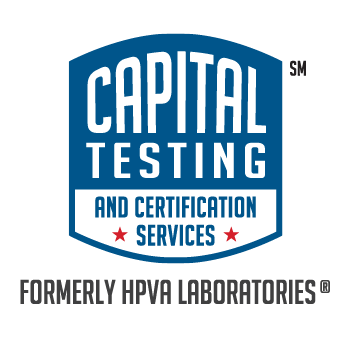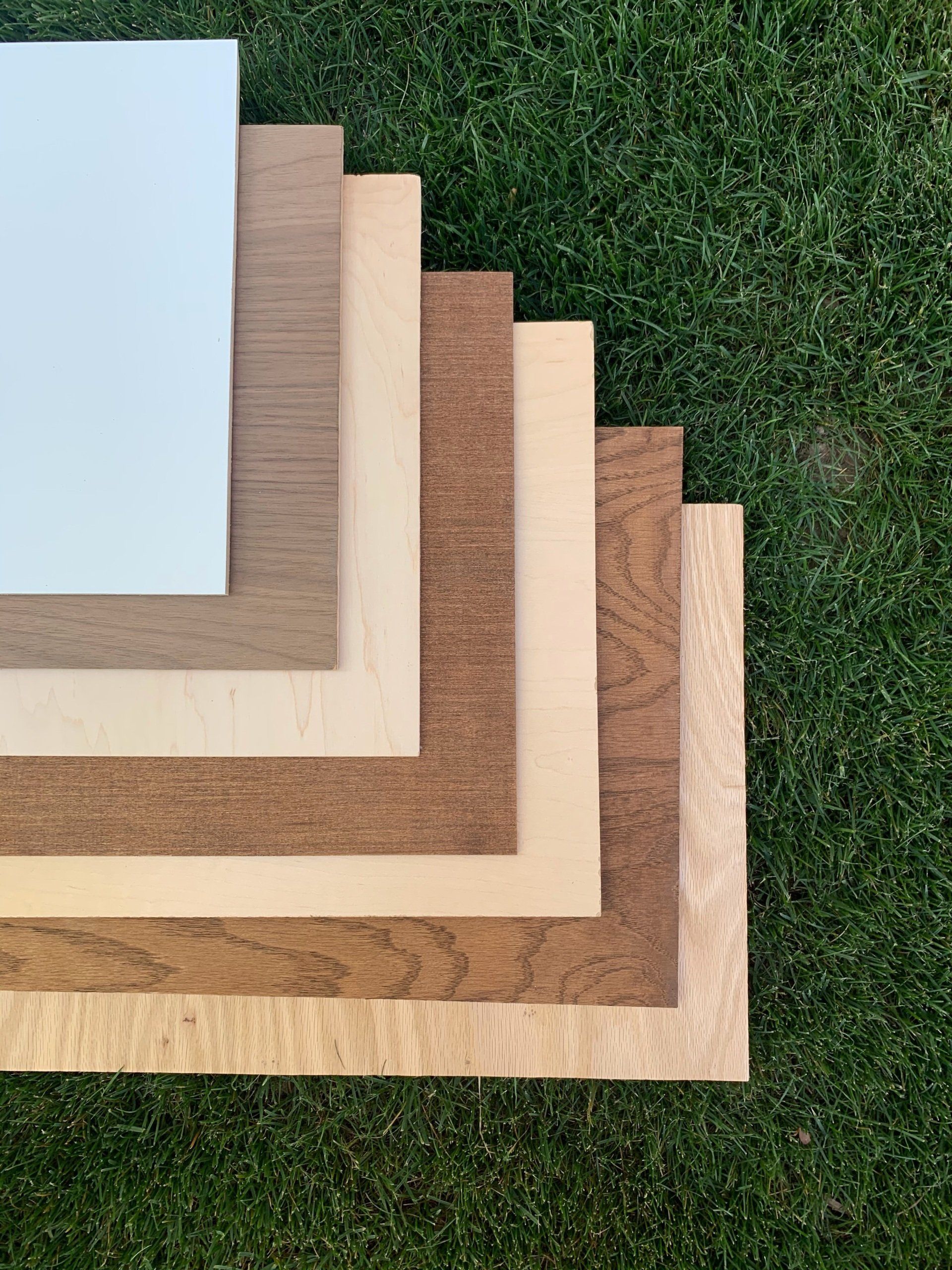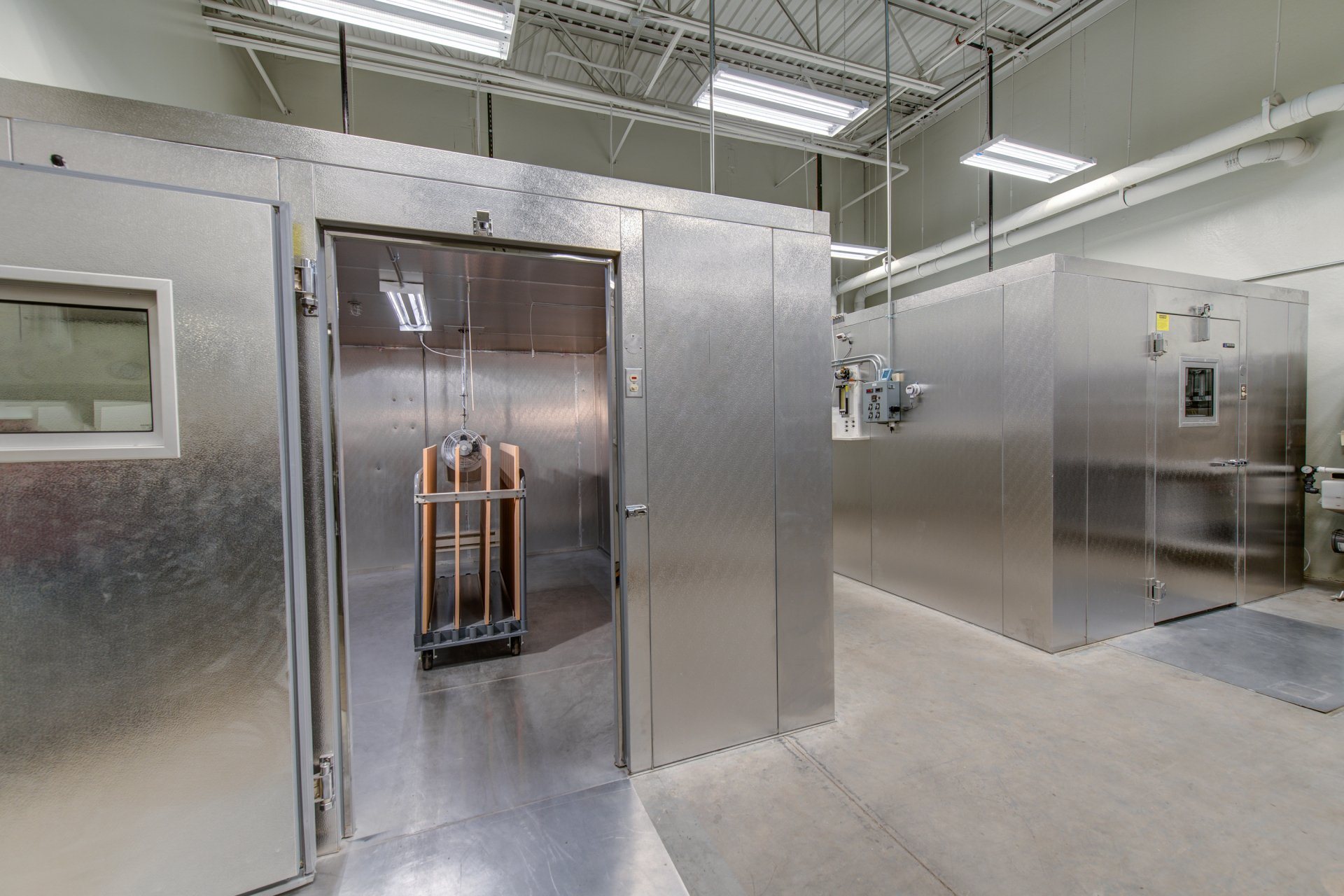ASTM E1333
Large Chamber
FOrmaldehyde EMissions testing
ASTM E1333 Large Chamber Test
Formaldehyde Emissions From Wood Products
When it comes to evaluating formaldehyde emissions from composite wood products, the ASTM E1333 large chamber test is considered the “Gold Standard.” This method is used to measure the formaldehyde concentration in air and emission rate from wood products at a set temperature and relative humidity intended to simulate end use conditions. These products are also tested at specific loading rates and air-exchange rates typical of the indoor environment at the time of the standard's initial publication.
E1333 is the "primary chamber" method referenced in the CARB 93210 ATCM and U.S. EPA TSCA Title VI regulations, and is most commonly utilized by composite wood products manufacturers that must achieve and maintain compliance with these regulations.
Which materials need to be tested in accordance with ASTM E1333?
ASTM E1333 is designed to test unfinished hardwood plywood (HWPW), particleboard (PB), and medium density fiberboard (MDF). The CARB and TSCA regulations noted above mandate that these products are tested on a quarterly basis unless they have obtained an exemption due to consistently-low emissions results.
How is ASTM E1333 testing performed?
The amount of material required for testing depends on the volume of the large chamber (in our case, 834 ft3) and the product-specific loading rate (ft2/ft3) stated in the E1333 standard. Capital Testing therefore requires the following amount of total exposed surface area for each product type:
Hardwood Plywood and Particleboard: 108.4 ft2
MDF: 66.7 ft2
Samples are conditioned for 7 days at 24+/-3 ⁰C and 50+/-5% relative humidity. After conditioning, samples are placed in the large chamber maintained at 25+/-1 ⁰C and 50+/-4% RH. The chamber is supplied with purified air at a specified air-exchange rate of 0.50 +/-0.05 air exchanges per hour. The samples remain in the chamber for 16-20 hours prior to testing. When ready to test, air is sampled from inside the chamber at two ports located at equal distance along the chamber length, and at an elevation of ~55". The air is pulled through an impinger containing 20mL 1% sodium bisulfite in distilled water at a rate of 1 +/- 0.05 liter per minute for 60 minutes. After sampling, two 4mL sample aliquots are taken from the impinger and mixed with 0.1% chromotropic acid in distilled water and 6mL sulfuric acid. After mixing and cooling, these samples are analyzed in a spectrophotometer set to 580 nm to obtain their absorbance values. These absorbances are processed through a linear regression formula obtained from a calibration curve that enables the determination of formaldehyde concentration in the chamber air in units of parts per million (ppm). This concentration is then corrected for temperature and humidity to 25 ⁰C and 50%RH, and the product's emission rate (mg/m2h) is calculated based on this result. For the purpose of CARB and TSCA Title VI compliance, the primary result of concern is the "corrected" ppm concentration.
What data will be included in an ASTM E1333 report?
· Configuration of exposed surfaces (e.g. face and back, faces only, backs only)
· Manner of shipping to test site
· Description of material
· Specimen conditioning details
· Background formaldehyde concentration in conditioning room air
· Chamber volume and dimensions
· Product loading ratio
· Description of specimens as loaded into chamber
· Test chamber’s average temperature and range during test
· Test chamber’s average relative humidity and range during test
· Formaldehyde concentration of background air in chamber prior to test and formaldehyde concentration of make-up air.
· Chamber formaldehyde concentration in air at test conditions (ppm)
· Chamber formaldehyde concentration in air corrected to 25⁰C/50%RH (ppm)
· Formaldehyde emission rate at 25⁰C and 50%RH (mg/m2h)
·Analytical method employed
·Average air change rate during test
·Air-sampling rate and time
·Date of test
Interpreting ASTM E1333 Results
The CARB and EPA TSCA Title VI formaldehyde emissions limits for composite wood products are as follows:
HWPW: 0.05ppm
PB: 0.09 ppm
MDF (>8mm): 0.11 ppm
Thin MDF (≤8mm): 0.13 ppm
THE ANSI/HPVA HP-1 standard for hardwood and decorative plywood, ANSI A208.1 standard for particleboard, and ANSI A208.2 standard for medium density fiberboard all require these products to comply with the above regulatory limits.
Is Capital Testing an accredited ASTM E1333 laboratory?
Capital Testing and Certification Services is ISO/IEC 17025-accredited to conduct ASTM E1333 testing. Other formaldehyde emissions tests, including the ASTM D6007 Small Chamber and ASTM D5582 Desiccator, are also covered under Capital Testing's scope of accreditation. Click Here for Capital Testing's full ISO/IEC 17025 scope.
Capital testing is also a CARB and EPA-recognized third party certifier: see who we certify by visiting our certification program directory.
Contact josh@capitaltesting.org for more information about ASTM D6007, E1333, or D5582 testing.



